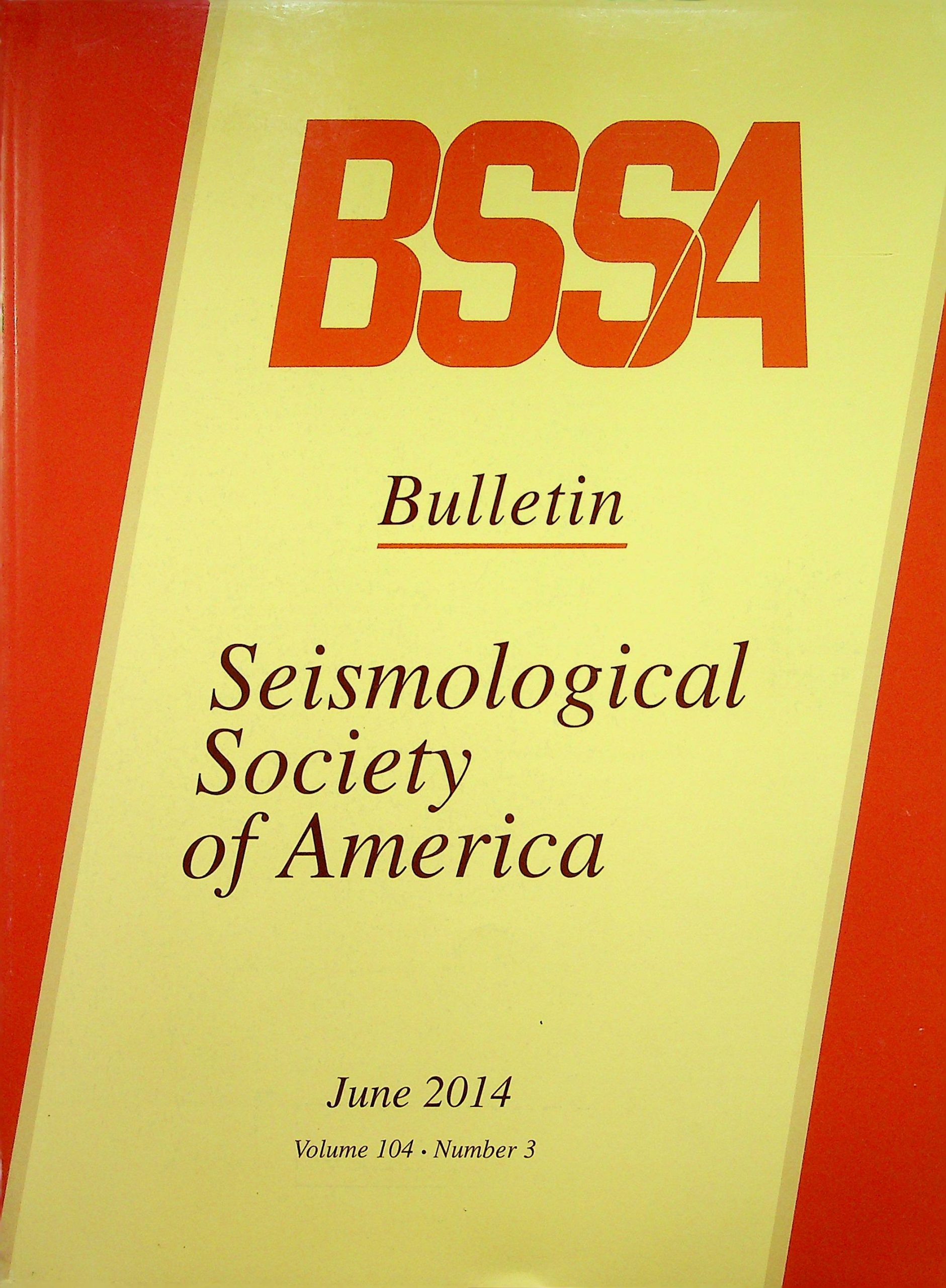Abstract Broadband seismic data from the regional seismic network operated by the China Earthquake Administration and 32 temporary seismic stations are used to imagethe crustal velocity structure in the northeast Tibetan plateau. Empirical Rayleigh- and Love-wave Green’s functions are obtained from interstation cross correlation of continuousseismic records. Group velocity dispersion curves for Rayleigh and Love wavesbetween 10 and 50 s are obtained using the multiple-filter analysis method with phasematched processing. The group velocity variations of Rayleigh and Love waves overall correlate well with the major geologic structures and tectonic units in the study region.Shear-wave velocity structures were then inverted from Rayleigh- and Love-wavedispersion maps. The results show that the Songpan-Ganzi terrane is associated with a low velocity at depth greater than 20 km. The northern Qilian orogen, with higher elevation and thicker crust compared to the southern Qilian orogen, is also dominated by low velocity at depth greater than ~25 km. However, there is no clear evidence of thelow-velocity mid-to-lower crust beneath the southern Qilian orogen as the crustal flow model predicts. The lo velocity zone (LVZ) beneath the northern Qilian orogen may suggest that the crustal thickening and surface uplift of the northern Qilian orogen are related to the LVZ, and the LVZ may be considered as an intracrustal response to bear the ongoing deformation in the northern Qilian orogen.
Buku lain-lain
-
No Scan186
-
No Klasifikasi-
-
ISBN
-
ISSN
-
No Registrasi076F112015
-
Lokasi Terbit
-
Jumlah Hal32
-
Label-
-
Versi DigitalTIDAK
-
Versi FisikTIDAK
-
Lokasi Rak Buku Fisik//
-
Jumlah Exemplar Fisik Tersedia-





